I installed macOS v11 (Big Sur) yesterday and since then I am not able to run some old application. This is the message I get:
You do not have permission to open the application
I think this application is from an unknown developer.
I tried different methods that were working in macOS v10.15 (Catalina) like:
spctl --master-disable
Or I tried also to disable SIP and AMFI.
I've also tried:
sudo xattr -rd com.apple.quarantine /Applications/my_app.app
If I run the application from the terminal, this is the text version of the error I get:
The application cannot be opened for an unexpected reason, error=Error Domain=NSOSStatusErrorDomain Code=-10826 "kLSNoLaunchPermissionErr: User doesn't have permission to launch the app (managed networks)" UserInfo={_LSFunction=_LSLaunchWithRunningboard, _LSLine=2508, NSUnderlyingError=0x7fcb24c13ec0 {Error Domain=RBSRequestErrorDomain Code=5 "Launched process exited during launch." UserInfo={NSLocalizedFailureReason=Launched process exited during launch.}}}
Also tried to disable encryption and run:
csrutil authenticated-root disable
This is the error window:

